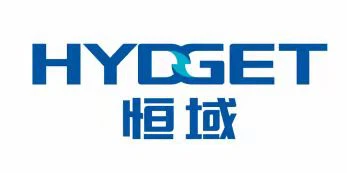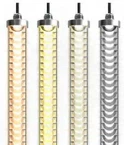When the power factor of the load is constant, the voltage regulation rate of the transformer is basically proportional to the short-circuit impedance, and the reactive power loss of the transformer is directly proportional to the reactive component of the short-circuit impedance. A transformer with a large short-circuit impedance has a large voltage regulation rate, so a small short-circuit impedance is more suitable. However, the short-circuit current multiple is inversely proportional to the short-circuit impedance. The smaller the short-circuit impedance, the greater the short-circuit current multiple, the greater the impact on the power grid, and the greater the short-circuit current of the switch in the system. For transformers, when the transformer is short-circuited, the windings will experience huge electromotive force and produce a higher short-circuit temperature rise. In order to limit the short-circuit current, a larger short-circuit impedance is desired.
However, for a core transformer, when a larger short-circuit impedance is taken, the number of turns of the winding must be increased, that is, the weight of the wire is increased, or the leakage area and the reactance height of the winding are increased, thereby increasing the iron core the weight of. It can be seen that high-impedance transformers must increase the manufacturing cost of the transformer accordingly.







